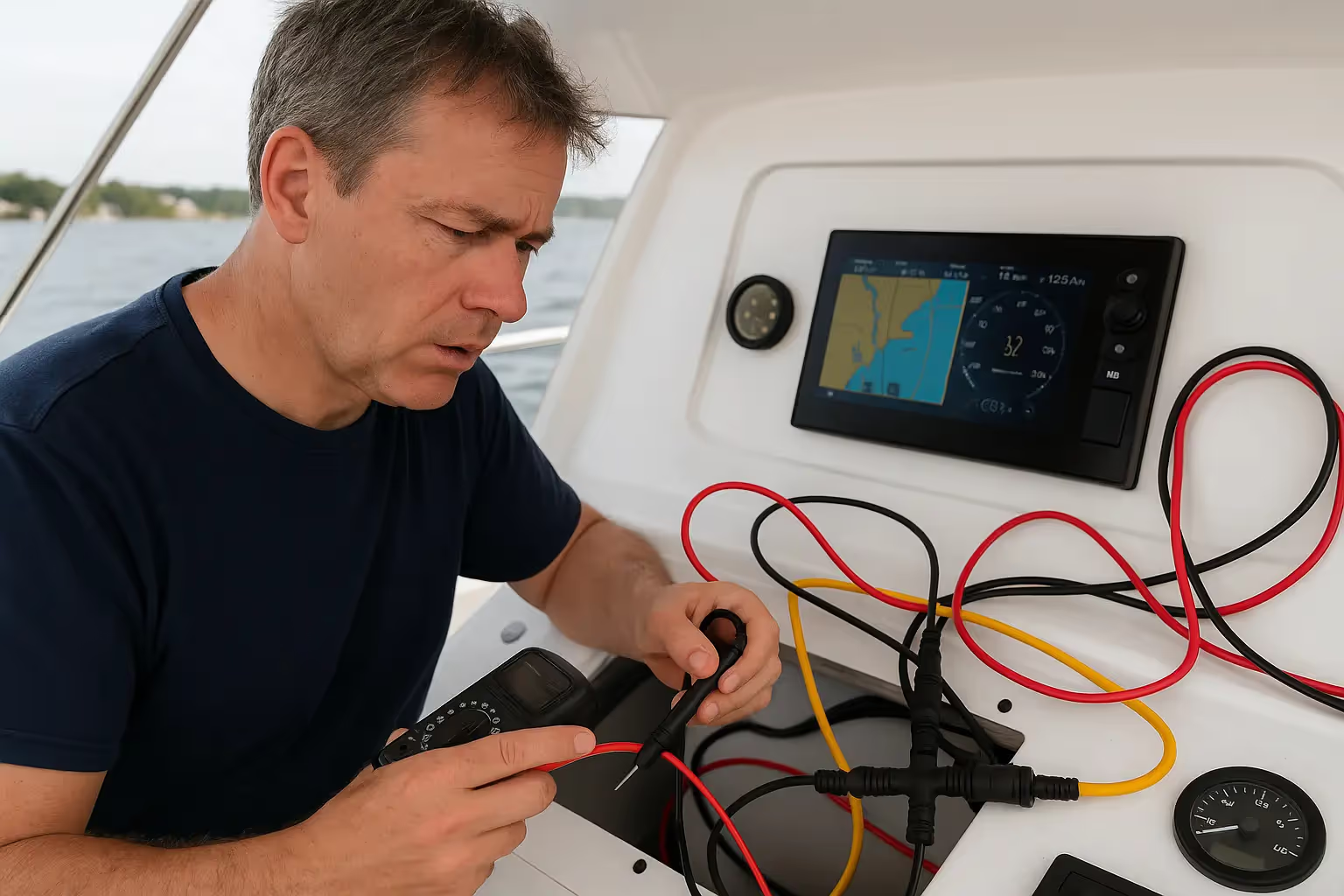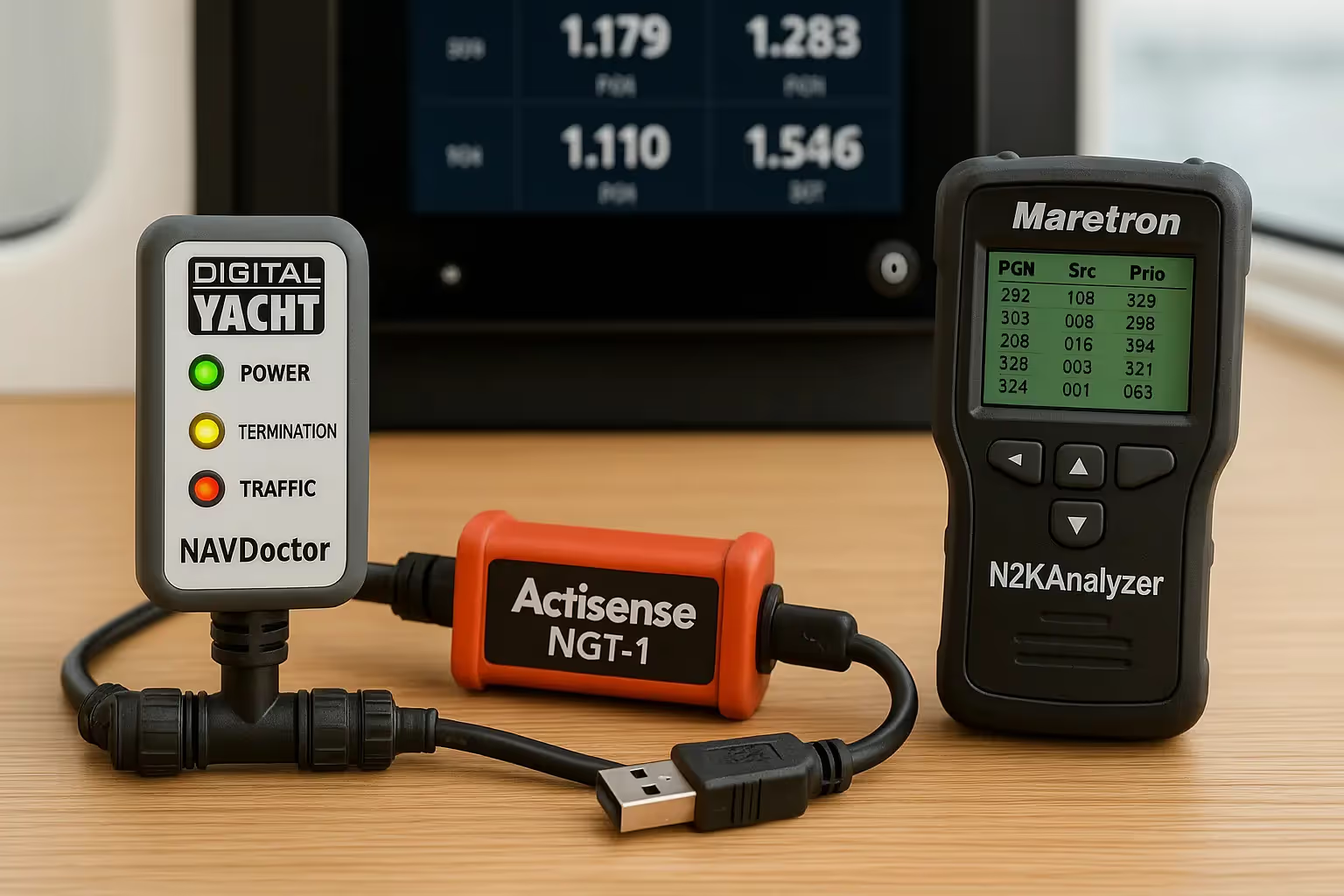Types of Sailing Rigs

But first, it’s important to understand that the sail rig and sail plan are often terms that are used interchangeably, even though they are not exactly the same thing. A sail plan is a set of drawings made by naval architects that show the various combinations of sails and how they can be set up for different sailing conditions. The sail plan consists of the mast configuration (number of masts and where they are placed), the sail type (sail shape and functionality) and the rig type (the way the sails are set up on the boat).
Two Ways to Rig Sails
There are basically two ways to rig sails:
1. From side to side, called square-rigged sails. This is the classic pirate ship sailing rig.
2. From front to back, called fore-and-aft rigged sails. This is the modern-day sailing rig.
The sail rig is determined by the number of masts and the layout and shape of the sails. Most modern ships are fore-and-aft rigged, while most older ships are square-rigged. Rigs with one mast are sloops and cutters. Ketches, yawls, brigs, and schooners have two masts, while barques have three masts. Rigs can contain up to seven masts.
The primary reason that most boats are fore-and-aft rigged today because this configuration provides increased maneuverability. A square-rigged ship is good for downwind runs, but a fore-and-aft rigged ship can sail close to the wind, using the lift to move forward. The way the sails are attached to the mast determines the shape of the sail. The square-rigged sails are always attached the same way to the mast. The fore-and-aft rig, however, has a lot of variations.
With that basic understanding, let’s look at some of the most common rigs for sailboats.
1. Bermuda Sloop
This is the most common rig for modern small and mid-sized sailboats. The sloop has one mast and two sails, which are front-and-aft rigged. Sometimes the Bermuda Sloop is called a Marconi Rig. The Bermuda rig uses a triangular sail, with just one side of the sail attached to the mast. The mainsail is in use most of the time, however, it can be reefed down, (making it smaller) depending on the wind conditions. It can be reefed down completely, which is more common in heavy weather. In very strong winds (above 30 knots), most sailors only use the headsail or switch to a trysail.
2. Gaff Cutter
This rig has one mast, one mainsail, two staysails and is fore-and-aft rigged. A cutter has three or more sails. Usually, the sail plan looks a lot like the sloop, but it has three headsails instead of one. Naval cutters can carry up to six sails. Cutters have a larger sail area, so they are better in light air. The partition of the sail area into more smaller sails give you more control in heavier winds. Cutters are considered better for bluewater sailing than sloops. The additional sails provide more configurations.
3. Gaff Schooner
This rig has two fore masts, two mainsails, staysails and is fore-and-aft rigged. The extra mast is a foremast which is generally smaller than the mainmast, but it does carry a mainsail. Schooners are also built with a lot more masts, sometimes up to seven, and the mainsails are generally gaff-rigged. The schooner is easy to sail but not very fast. It handles easier than a sloop, except for upwind, and that’s only because of better technology that sloops are now more popular than the schooner.
4. Gaff Ketch
This rig has two masts, two mainsails, staysails, and is fore-and-aft rigged. The extra mast is a mizzenmast. It's nearly as tall as the mainmast and carries an extra mainsail. Usually, the mainsails of the ketch are gaff-rigged, but there are Bermuda-rigged ketches, too. The mizzenmast is located in front of the rudder instead of aft, as on the yawl. The function of the ketch's mizzen sail is different from that of the yawl. It's actually used to drive the boat forward, and the mizzen sail, together with the headsail, are sufficient to sail the ketch. The mizzen sail on a yawl can't really drive the boat forward.
5. Full-Rigged Ship or Tall Ship
This rig has three or more masts, with a mainsail on each mast, and is square-rigged. These ships use a lot of sails to distribute the forces, which reduces the stress on the rigging and the masts. Square sails mean double the sail area in comparison to triangular sails. They are fast for their size, and they could outrun most sloops and schooners (schooners were relatively a lot heavier). The reason is that tall ships could be a lot longer than sloops, giving them a lot of extra hull speed. You need about 30 sailors to operate a tall ship.
Other rig types that are not very common anymore are:
1. Lateen Rig
It has a three-sided (triangular) mainsail on a long yard.
2. Junk Rig
It has horizontal battens to control the sail.
3. Gunter Rig
A configuration of sail and spars, fore-and-aft rigged, set abaft the mast. The lower half of the luff of the sail is attached to the mast, and the upper half is fastened to a spar which is approximately vertical and reaches above the top of the mast.
4. Settee Rig
Lateen with the front corner cut off.
5. Crabclaw Rig
Fore-and-aft triangular sail with spars along the upper and lower edges.
Now that you have a general understanding of the different type of sailing rigs and the uses, you are ready for a hands-on RYA Sailing Course like Start Yachting or Competent Crew. For an understanding of the different types of sails, read this article.
















